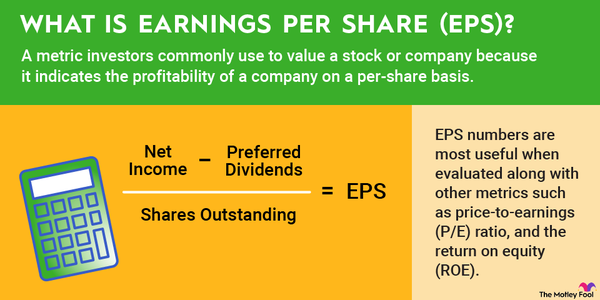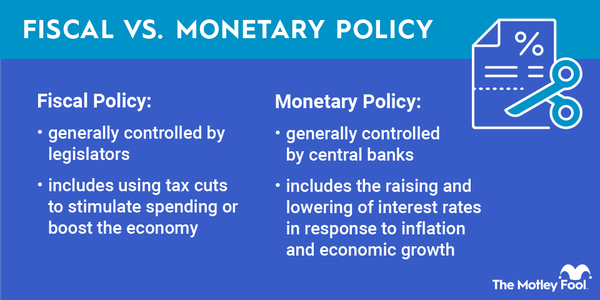The equity multiplier is a useful tool for investors to monitor risk and understand how a company generates returns for investors. It's helpful by itself and as part of a DuPont analysis, which is a financial tool that breaks out how a company generates a return on equity (ROE).

What is the equity multiplier?
What is the equity multiplier?
The equity multiplier is a financial ratio used to measure how a company finances its assets. Simply put, it's the assets of the company divided by shareholders' equity rather than debt.
A low equity multiplier implies a relatively small amount of debt (as the share of assets financed by shareholders' equity is relatively high). Conversely, a high ratio suggests a relatively high amount of debt (since the share of assets financed by shareholders' equity is relatively low).
A simple way to remember this is that a rising equity multiplier implies a company is taking on relatively more debt.
The equity multiplier and DuPont analysis
The equity multiplier and DuPont analysis
The DuPont analysis looks at the various components of a company's return on equity -- in other words, earnings divided by shareholders' equity. If a company can generate a high ROE, it makes sense to reinvest in the business. That said, a company can always generate a higher ROE by loading up on debt, so looking at how the equity multiplier plays a role in producing ROE is useful.
The basic DuPont analysis is as follows (note that the first item is the equity multiplier):
Return on Equity = Total assets/shareholders equity * sales/total assets * net income/sales
To illustrate this model and the equity multiplier, I will look at Illinois Tool Works' (ITW 0.64%) ROE from 2013 through 2022, when management embarked on a fundamental transformation of its business.
The equity multiplier in action
The equity multiplier in action
The table below shows a very impressive increase in ROE over the 2013 through 2022 period. It also shows a significant increase in the equity multiplier since the company has taken on debt; net financial debt rose from about $2.3 billion at the end of 2013 to about $7.5 billion at the end of 2022.
| Illinois Tool Works | 2013 | 2022 |
|---|---|---|
| Equity Multiplier (assets/shareholders equity) | 2.06x | 4.99x |
| Sales/Assets | 0.7x | 1x |
| Income/Sales | 11.9x | 19x |
| Return on Equity | 16.6% | 90.4% |
A rising equity multiplier is obviously a concern. Still, the company has also significantly improved its profitability (income/sales) and how much sales it generates from its assets (sales/assets) over the same period. In other words, Illinois Tool Works is excellently sweating its assets, even if those assets were supported by taking on more debt.
In this case, the rising equity multiplier is not such a concern.
However, suppose the equity multiplier had risen while sales/assets and income/sales were static or declining. In that case, it's possible ROE could have increased because the company was taking on debt.
This is not a problem while the interest rate environment is benign, but it's a risky strategy when conditions change. As such, keeping an eye on the equity multiplier in the context of how a company generates earnings is a good idea. It tells you a lot about the direction of a company.





































































